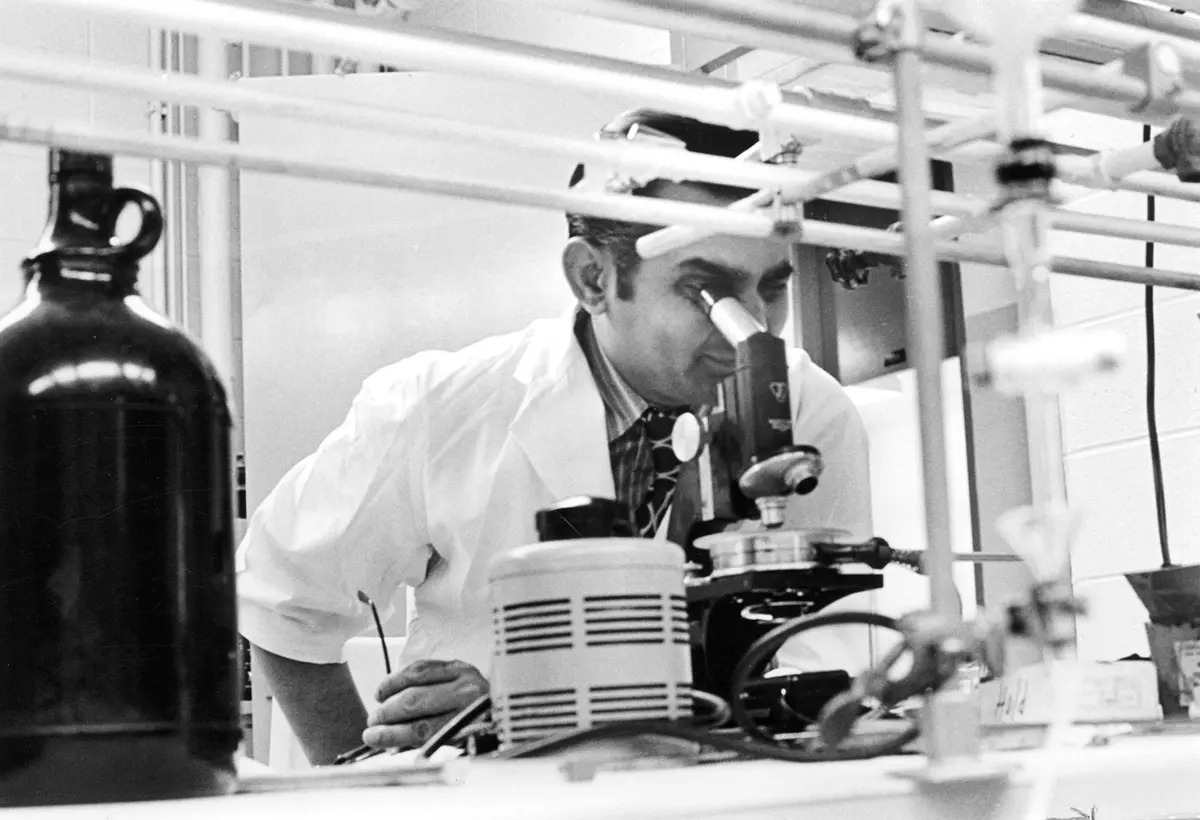
Dr. Wani retired from RTI in 2006 after 44 years of service, but he remained active at the Institute until his passing. His primary role included supervision and guidance for junior researchers. RTI created the Monroe E. Wall and Mansuhk C. Wani Fellowships in Natural Products Research to inspire the next generation of drug researchers.
Dr. Wani is survived by his wife, Ramila, son, Bankim, daughter-in-law, Darshana, and grandson, Nilesh.
In compliance with state COVID-19 guidelines, Dr. Wani’s family requests no visitations or phone calls at this time.
Read Dr. Wani's obituary and watch the memorial service held on Wednesday, April 15.
Learn More
RTI International is an independent scientific research institute dedicated to improving the human condition. Our vision is to address the world's most critical problems with technical and science-based solutions in pursuit of a better future. Clients rely on us to answer questions that demand an objective and multidisciplinary approach—one that integrates expertise across social, statistical, data, and laboratory sciences, engineering, and other technical disciplines to solve the world’s most challenging problems.
For more information, visit www.rti.org.

